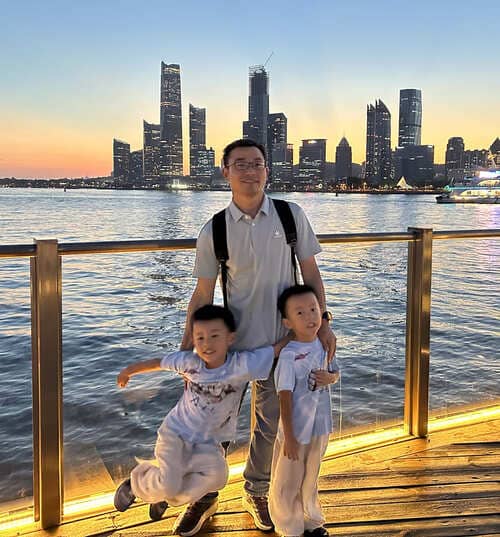I remember the first time I saw a room transform with projection mapping—the walls moved, the floor pulsed, the guests were speechless. That’s the power of immersive light.
Projection mapping and dynamic lighting systems transform passive spectators into emotionally engaged participants—turning any venue into an interactive canvas.

Lighting doesn’t just show—now it performs.
What is projection mapping and how does it work?
Imagine wrapping visuals around architecture, animating a stage, or turning a cake into a hologram.
Projection mapping uses software and projectors to map visuals onto physical surfaces, creating 3D effects and synchronized motion.
| Element | Function | Common Uses |
|---|---|---|
| 3D Mapping Software | Aligns visuals to surfaces | Walls, floors, props, buildings |
| Projectors | Deliver animated or static visuals | Content playback |
| Content Creation | Design visuals based on event theme | Logos, textures, motion sequences |
The result: motion, story, depth, and emotion—without building anything physical.
How does immersive lighting boost engagement?
People don’t just want to attend—they want to feel. Lighting makes that happen.
Immersive lighting combines color changes, spatial lighting cues, and movement to draw people deeper into the experience.
I often use:
- Color wash scenes for setting mood
- Light following cues (on dancers or speakers)
- Timed transitions for speeches, dinner, reveals
- Ceiling or floor lights for all-around ambiance
| Engagement Tactic | Lighting Strategy | Emotional Response |
|---|---|---|
| Brand launch | Motion lighting + projection reveal | Surprise, excitement |
| Wedding ceremony | Warm ambient + soft moving spots | Intimacy, emotional focus |
| Interactive art | Touch-sensitive or reactive lighting | Curiosity, participation |
Immersive light doesn’t just illuminate—it interacts.
What tech powers immersive lighting?
To pull this off smoothly, I rely on the right stack.
DMX controllers, real-time rendering engines, wireless systems, and previsualization tools let me design and control immersive lighting like a show director.

Core tools:
- TouchDesigner / Resolume for projection content
- MADRIX / LightJams for interactive LED shows
- Wireless DMX to reduce cabling
- Media servers for syncing video and lighting
- Preview apps to pre-program cue transitions
Tech makes timing, precision, and drama possible.
Where does Moonlightia lighting fit into immersive experiences?
Even with tech-heavy design, I still need flexible, high-quality ambient lighting. That’s where Moonlightia supports the entire show.
Moonlightia inflatable LED towers offer high-output, glare-free illumination that complements projection and doesn’t compete with visuals.
I use them to:
- Light audience paths and entrances
- Create soft ambient fill light
- Add depth behind projection layers
They’re fast, silent, safe, and beautiful. That’s why I trust them in immersive events.
Conclusion
Immersive event lighting isn’t a trend—it’s how we turn spaces into stories. When visuals move, light dances, and people react—you’ve created something unforgettable.




